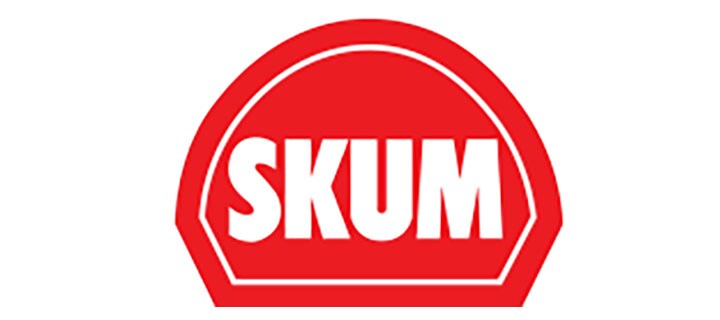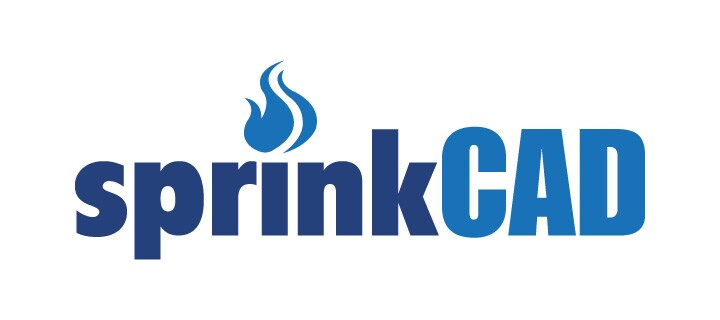FARS Frequently Asked Questions
1. What are Firefighter Air Replenishment Systems (FARS)?
FARS are building-installed standpipes that deliver breathing air. They are designed to provide firefighters with a quick, safe, reliable, and constant source of air. Firefighters can refill their air bottles at filling stations located throughout a building during emergency operations while under full respiration.
2. How quickly can a firefighter refill an air bottle?
Fill times and capacity of a specific system can vary based on system design, the number of bottles simultaneously connected and other factors. Many jurisdictions require a FARS to fill two air bottles within two minutes; however, this can vary from one jurisdiction to another.
3. How do FARS work?
During the construction process, FARS installers will install a ½" stainless steel piping distribution system to interconnect all system components. Depending on the preference of the Authority Having Jurisdiction, air-filling stations are located at various locations in designated stairways or in air resource closets (every two floors is a common requirement). FARS can also be retrofitted into existing buildings.
The air-fill stations can be simple high-pressure hoses or rupture-containment enclosures, each of which is designed to fill two air bottles within two minutes. In the first stages of firefighting, the air supply comes from on-site storage cylinders located in an air storage room, typically on a building’s ground floor. Later, air is supplied by a fire department's mobile air unit.
4. Can FARS only be installed in a high-rise structure?
No. FARS are installed in mid-rises, high-rises, tunnels, big box-style structures, underground structures, and mega-buildings. These structures all present unique logistical challenges to firefighters for the delivery of air.
Common code requirements include:
- Buildings of five or more stories in height
- Structures with two or more floors below grade
- Buildings of 250,000 square feet or more in size, regardless of height
5. How do I know the air in a FARS is safe?
Every commissioned FARS is monitored on a 24-7-365 basis for: humidity, carbon dioxide, carbon monoxide, oxygen, nitrogen, and hydrocarbons. Testing and certification are typically performed quarterly. A study of nearly 7,000 air quality reports on FARS systems over a 7-year period found that the air in FARS exceeds NFPA (National Fire Protection Association) 1989 standards. In fact, FARS air quality was more compliant with NFPA 1989 standards than non-FARS fire department compressed breathing air samples.
6. Where does the air come from?
FARS uses air from large, commercial air cylinders located in an air storage room of the building or supplied from a fire department's mobile air unit. The system is pressurized constantly, making the air immediately available to first responders. The air is delivered to each emergency air fill panel through an interconnected piping distribution system.
7. What is the cost of FARS to a fire department?
FARS do not impact fire department budgets. When a system is required by a local fire code, a building owner/operator pays for installation and maintenance, just as they do with other building-installed fire protection equipment such as sprinkler systems and fire alarms. The only cost to the local fire department will be to train personnel in how to use the system. Training is quick, efficient, and can be easily integrated into current training programs.
8. Have FARS been used in a working fire?
Yes. The first known deployment of FARS in a working fire was in 2021 in Frisco, Texas. Fire crews responded to a fire on the 12th floor of a 17-story high-rise apartment building. As part of the firefighting effort, crews deployed the building's FARS system. 19 units and 43 personnel were used to help extinguish the blaze. The FARS system performed perfectly, and, more importantly, there were no civilians or firefighters injured.
Read more about this fire event here

















.jpg?la=en&h=320&w=720&hash=244C75B74F0F77521D56164450973BCD)














.jpg?la=en&h=310&w=720&hash=8D9823F26AA80B2B75C3E4B2E61770DC)


.jpg?la=en&h=320&w=719&hash=13CA7E4AA3E453809B6726B561F2F4DD)
.jpg?la=en&h=306&w=720&hash=F21A7CD3C49EFBF4D41F00691D09AEAC)

.png?la=en&h=320&w=720&hash=18CFCCD916C92D922F600511FABD775D)














